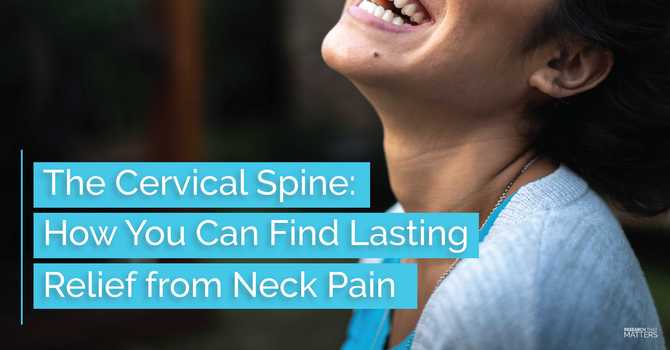
As we age, one of the concerns we hear a lot from the family doctor is to watch our cholesterol. Other than some unfamiliar numbers that show up on a blood test, not many people know exactly what cholesterol is. The truth is that cholesterol is a very important part of your body and without it, many of your organ systems would not function. Concerns about cholesterol actually have to do with how the body transports it through the bloodstream. So let’s talk about cholesterol, what its functions are, why it is surrounded by many health concerns, and what you can do to have healthy cholesterol levels.
Cholesterol is a waxy substance that is found throughout the body. All cells use cholesterol to maintain a healthy cell membrane (the outer shell of cells). Cholesterol is also used as a building block to produce many different hormones. When doctors say that too much cholesterol is dangerous they are specifically talking about lipoproteins. These are the molecules responsible for transporting cholesterol throughout the body. Low-density lipoproteins, or LDLs, are what we consider “bad” cholesterol because higher levels have been linked to heart disease and stroke. High-density lipoproteins, or HDLs, are your good cholesterol and have been shown to reduce heart disease and stroke risk.
The problems related to cholesterol are mostly due to the transport molecules. LDLs attach to the lining of blood vessels causing a build-up of plaque which will inevitably lead to a blockage. To see if cholesterol levels are correct, a blood test checks what the LDL and HDL levels are. The risk for heart disease begins to drastically increase if LDLs are above 100 mg/dl and HDLs are below 40 mg/dl. In reality, the cholesterol content in food has little to do with directly raising our risk of heart disease. High cholesterol foods tend to have more saturated fats which will raise LDLs and thus raise our risk of heart disease. Processed foods high in cholesterol also tend to contain trans fats. These not only raise LDLs but lower HDLs.
When doctors tell you to lower your cholesterol they mean to take steps that lower your LDLs and raise your HDLs. The first step you can take is to start some simple dietary changes. Increase your intake of healthy unsaturated fats. Try eating avocado, nuts, or fish which all contain large quantities of healthy unsaturated fats. Next, increase your fiber intake. High fiber diets slow down the absorption of unhealthy fats which lowers LDLs. Finally, stay active and try to get regular exercise. Studies show that getting at least 90 minutes of exercise per week has a drastic effect on HDL levels.
If you have been told you have high cholesterol and need help implementing changes to lower those levels, schedule an appointment with your Rochester chiropractor. Here at Rush-Henrietta Family Chiropractic, your chiropractor in Rochester can help create a nutritional plan that slowly incorporates the right changes necessary to lower cholesterol and are easy enough to maintain long term. Schedule a free nutritional consultation and learn more about how we can help with all of your health goals.
.jpg)

